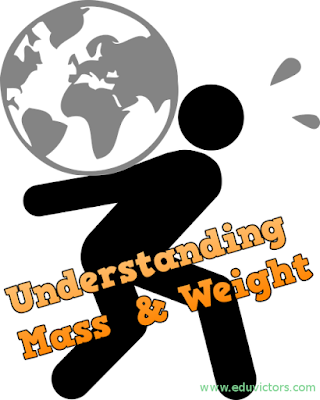Blog provides NCERT solutions, CBSE, NTSE, Olympiad study material, model test papers, important Questions and Answers asked in CBSE examinations. References to Educational Sites and resources.
Tuesday 18 July 2017
Monday 17 July 2017
CBSE Class 9 - Social Science - Geography - Chapter Drainage (Q and A) (#cbseNotes)
Drainage (Q and A)
CBSE Class 9 - Geography NotesQuestion: Name the four groups of river systems found in India?
Answer:
① Himalayan rivers,
② Deccan rivers,
③ Coastal rivers and
④ Rivers of the inland drainage basin.
Question: Distinguish between rivers of the North and South of India.
Answer: See answer in this post (Drainage -Peninsular and Himalayan rivers.)

Sunday 16 July 2017
CBSE Class 8: Our Pasts III - Chapter 5 - When people Rebel 1857 and After (Long Q and A) (#cbseNotes)
When people Rebel 1857 and After(History Notes - Long Q & A)
Question 1: What impact did Bahadur Shah Zafar support to the rebellion have on the people and the ruling families?
Answer:
⑴ Bahadur Shah Zafar support to the rebellion boosted the moral of the Indian people. It gave them courage, hope and confidence to get together against the East India Company rule.
⑵ Regiment after regiment mutinied. People of the towns and villages also rose up in rebellion with their local leaders, zamindars and chiefs to fight against the British.
⑶ Nanasaheb gathered arm forces and expelled the British Garrison from the city.
⑷ Birjis Qadr was proclaimed the new Nawab. He too acknowledged the suzernity of Bahadur Shah.
⑸ In Jhansi, Rani Lakshmi Bai joined the rebel sepoys and fought the British along with Tantia Tope, the general of Nana Saheb.

Saturday 15 July 2017
CBSE Class 11 / 9 - Physics - Gravitation - Understanding Mass and Weight (#cbseNotes)
Understanding Mass and Weight
Physics - Gravitation
Mass and Weight
The quantity of matter in a body is known as mass of the body. Mass is quantitative measure of inertia. Mass is an intrinsic property of matter and does not change as an object is moved from one location to another. Weight, in contrast, is the gravitational force that earth exerts on the object and can vary, depending on how far the object is above the earth's surface or whether it is located near another body such as the moon. The relation between weight W and mass m can be written in one of two ways:
W = GMₑm / r²
W = mg
According to the Newton's second law,
Force = mass ✕ acceleration
or mass = force / acceleration
Mass is of two types :
i) Inertial mass
ii) Gravitational mass
1. Inertial Mass:
Ratio of the applied external force and the acceleration produced in the body is known as inertial mass,
mi = External force applied / Acceleration produced.

Friday 14 July 2017
Subscribe to:
Posts (Atom)

